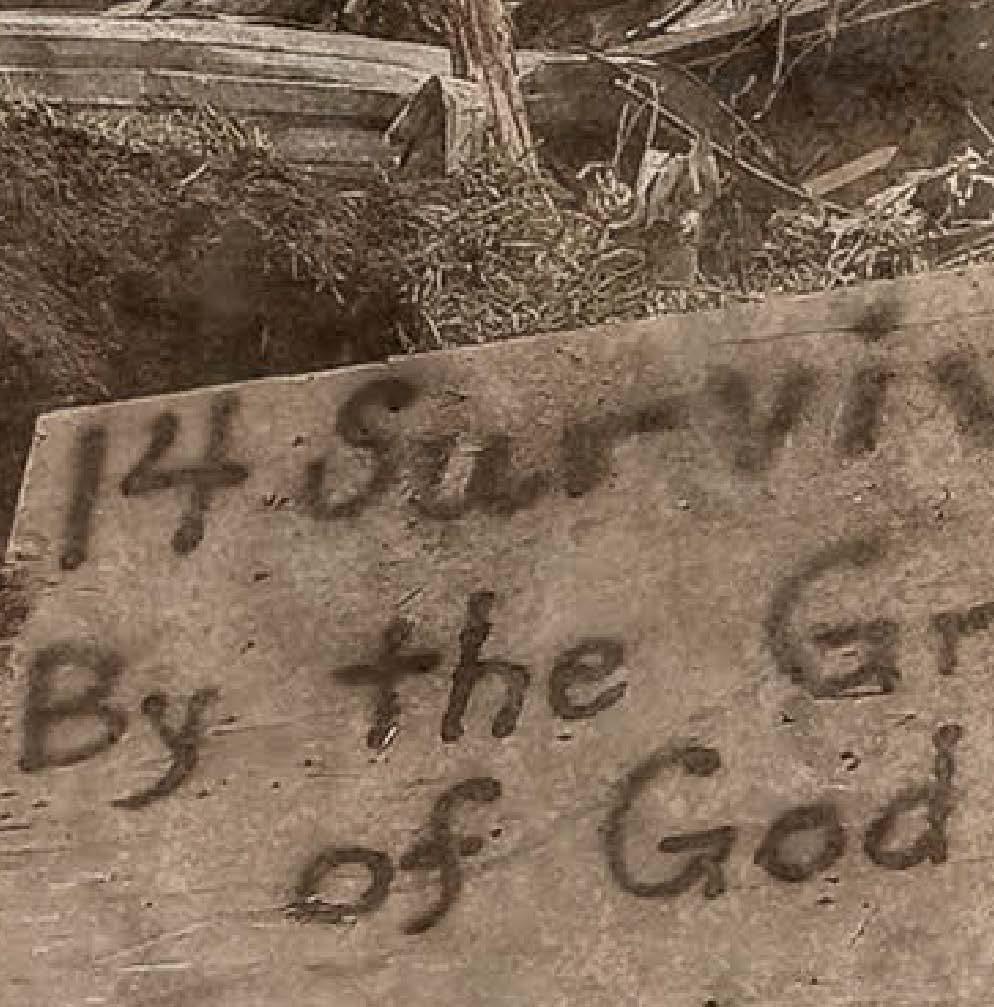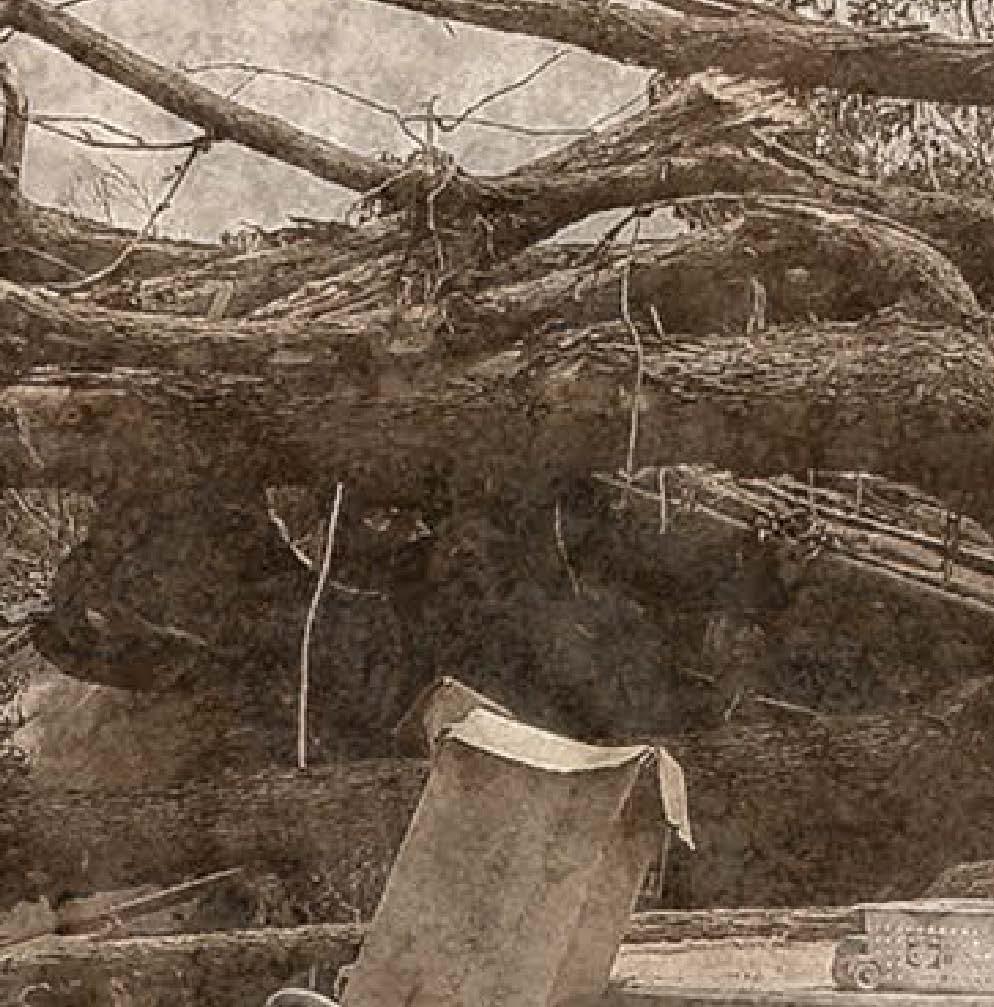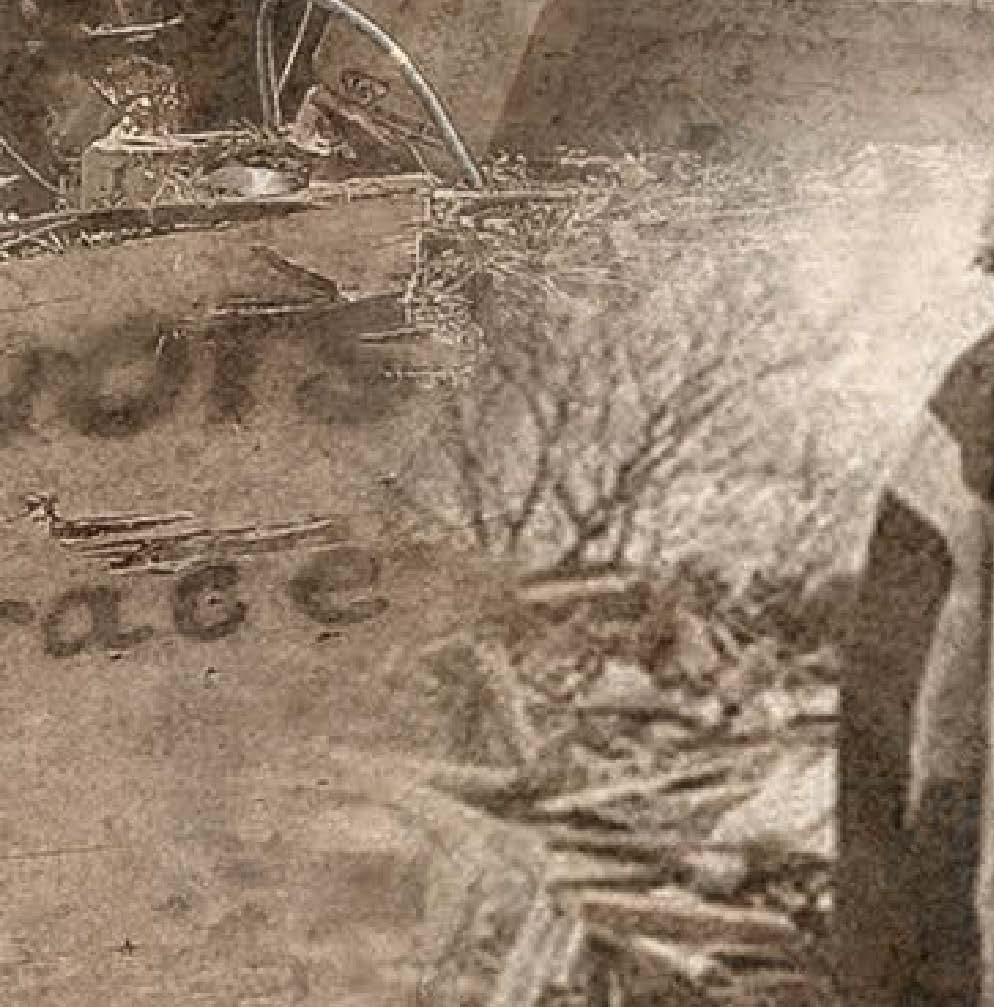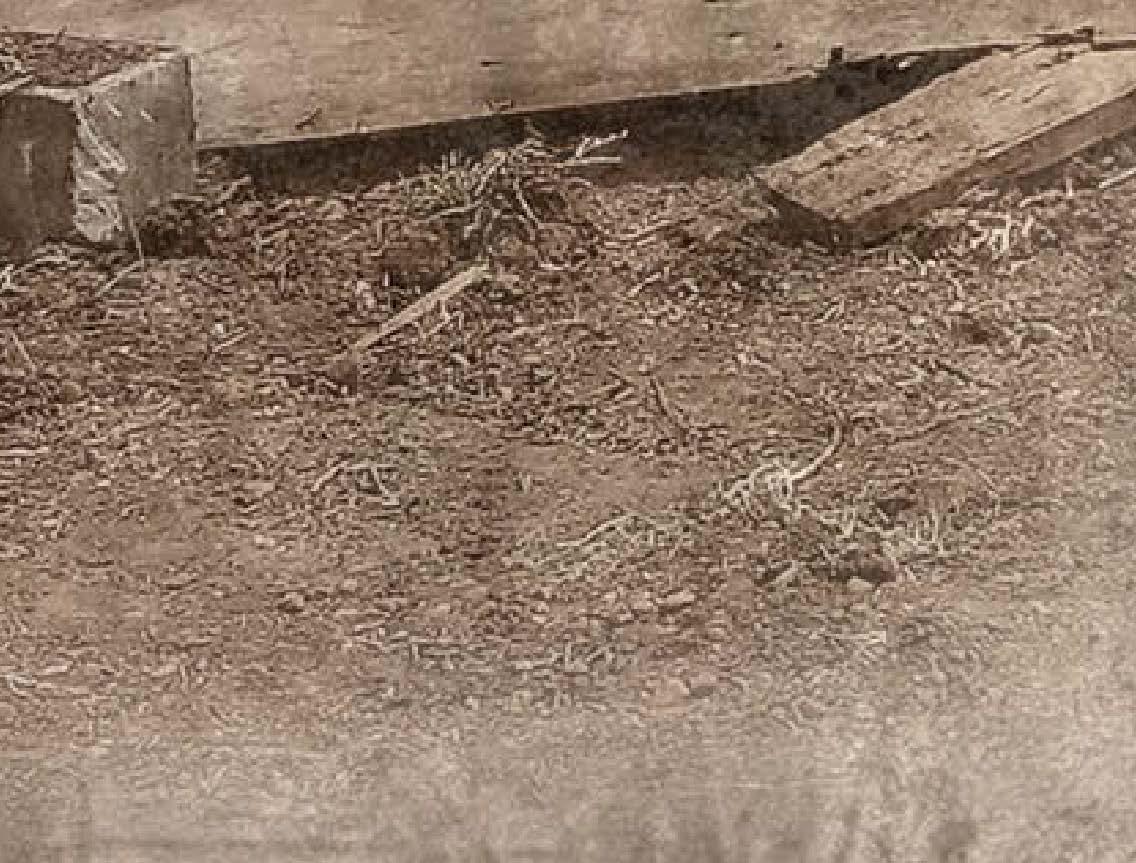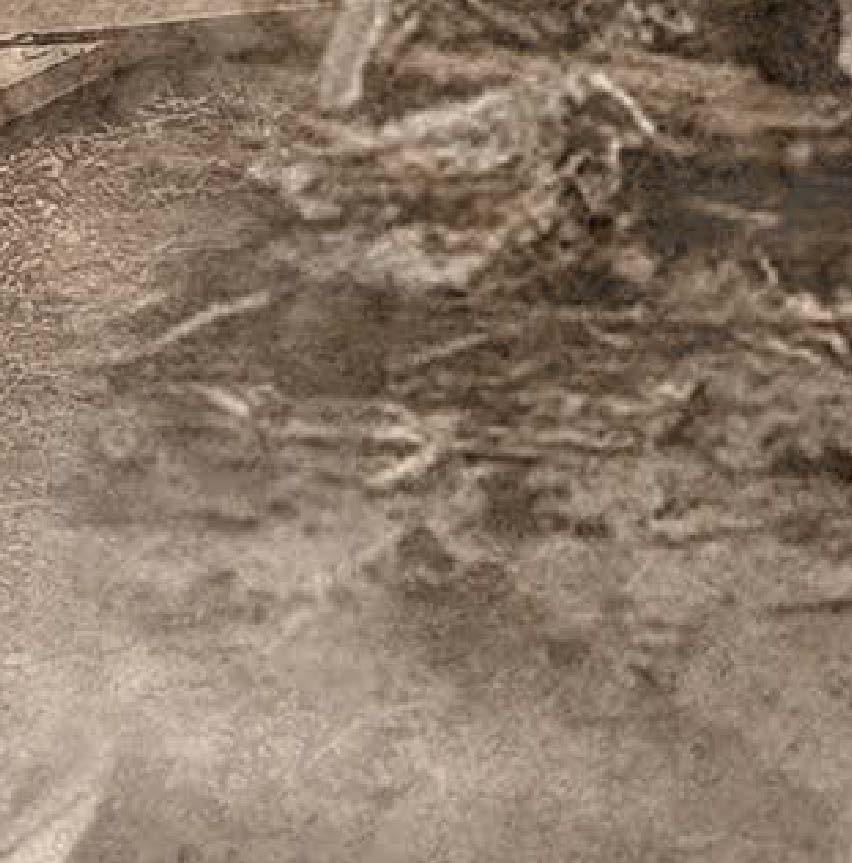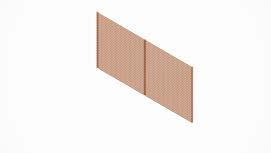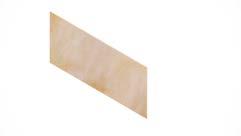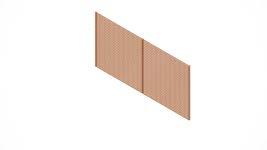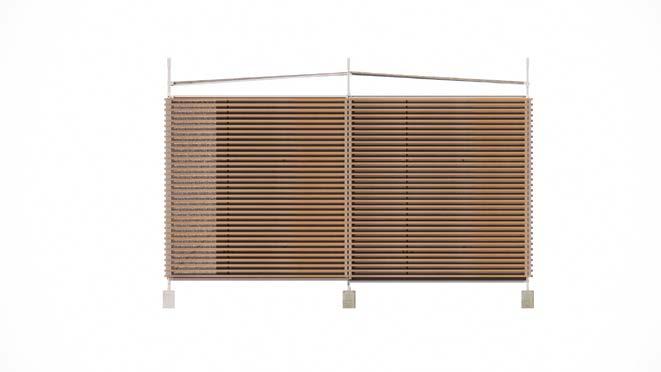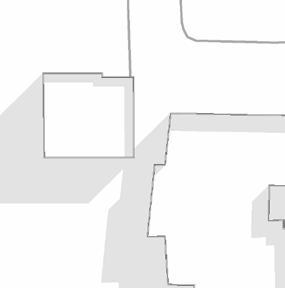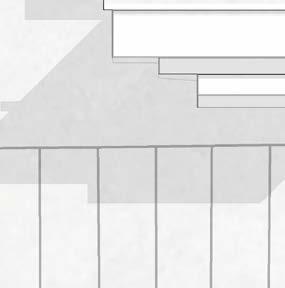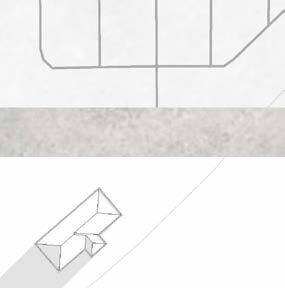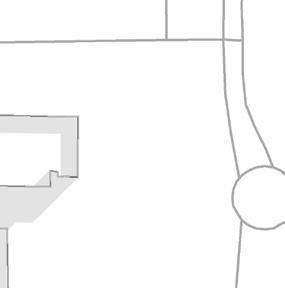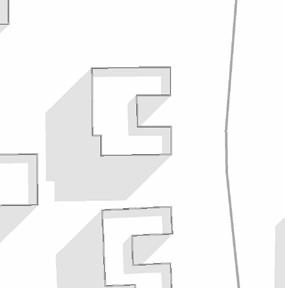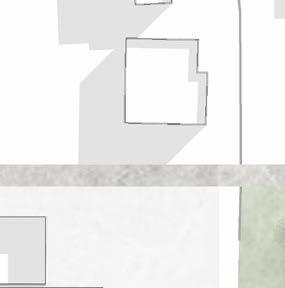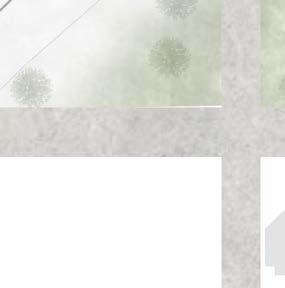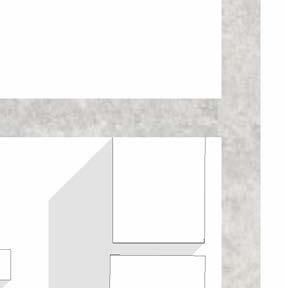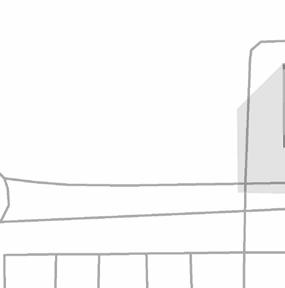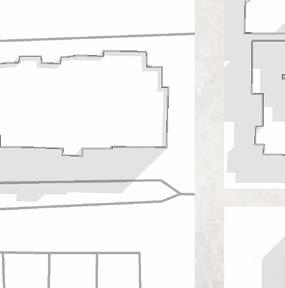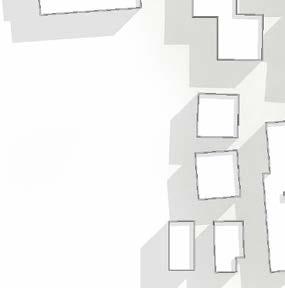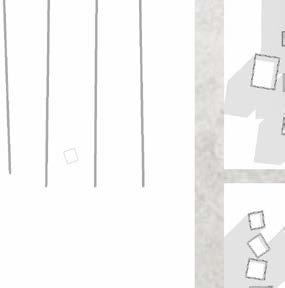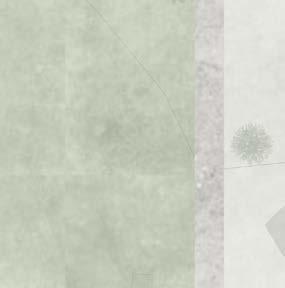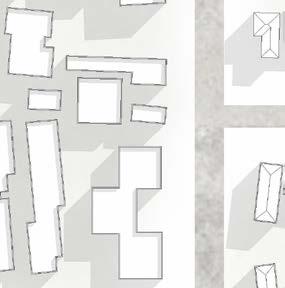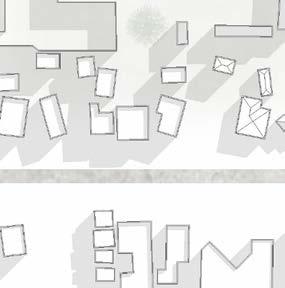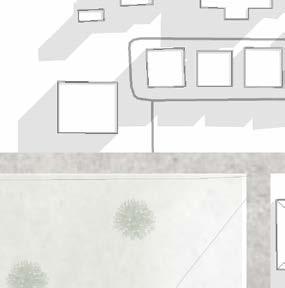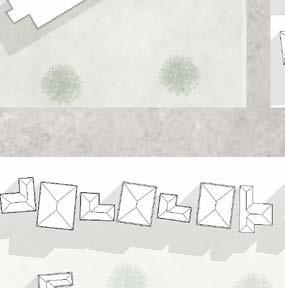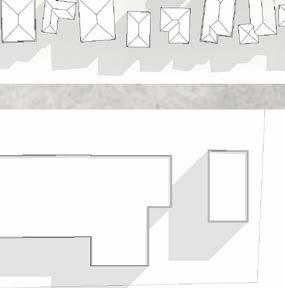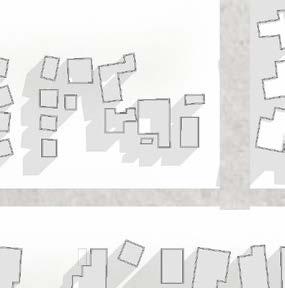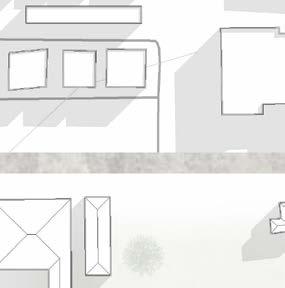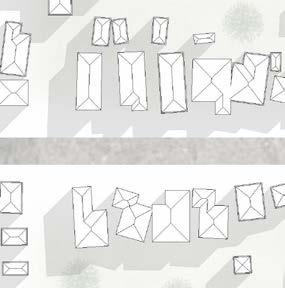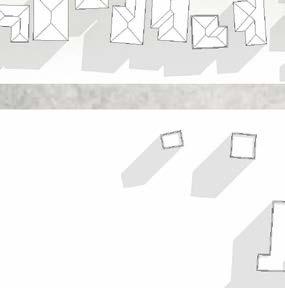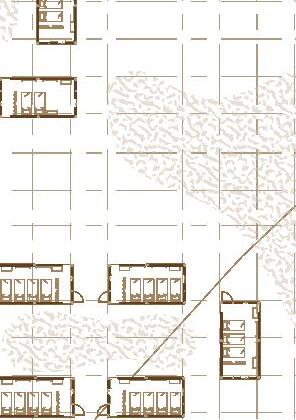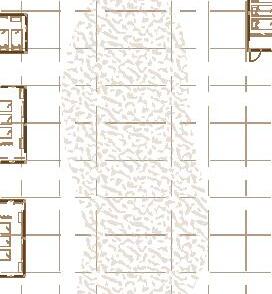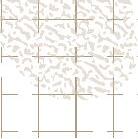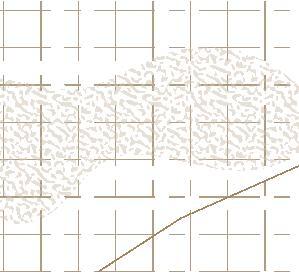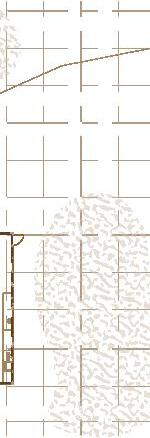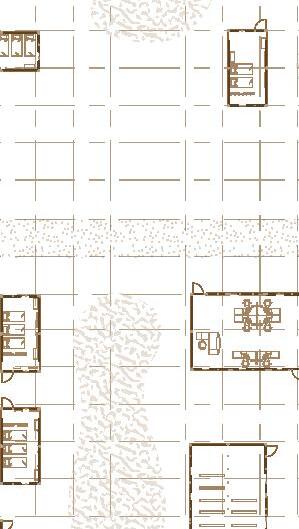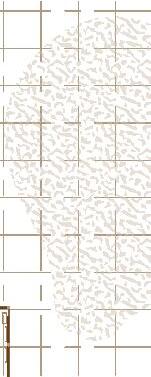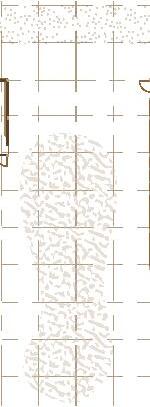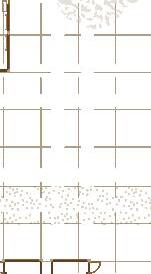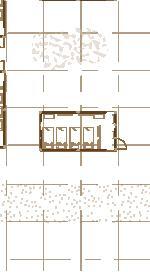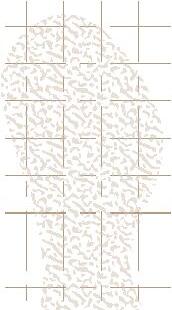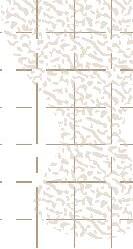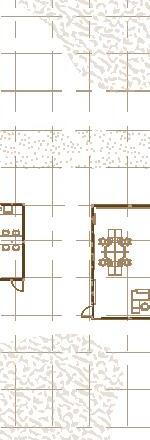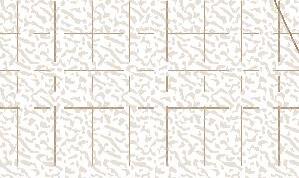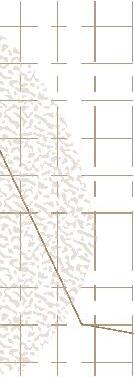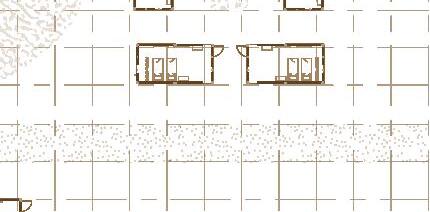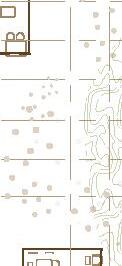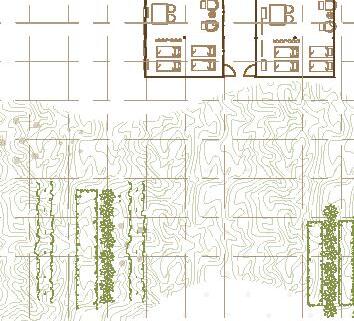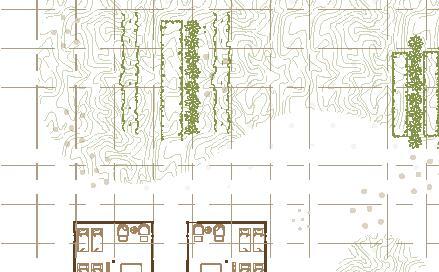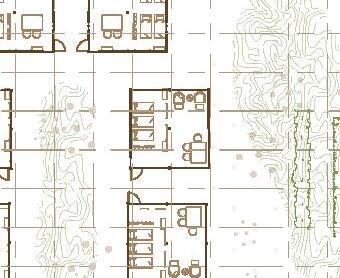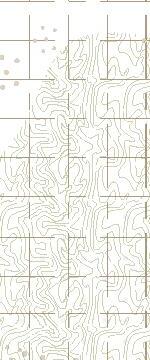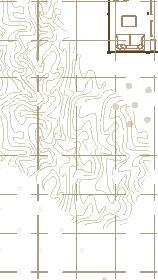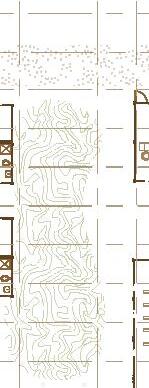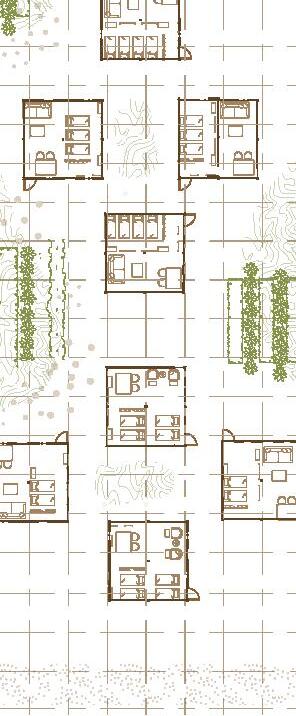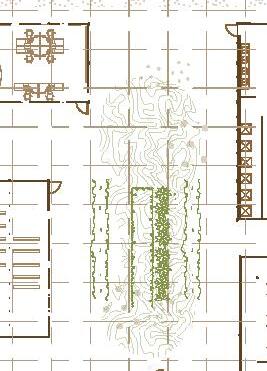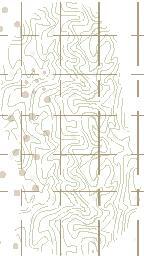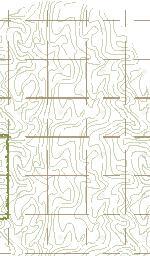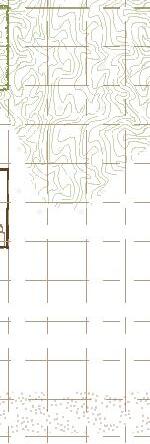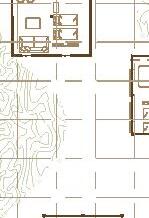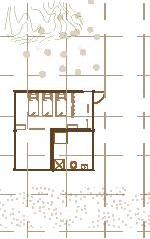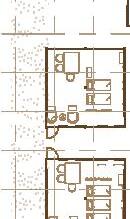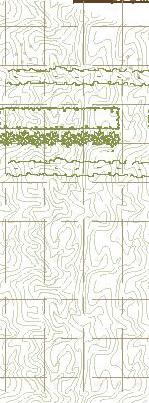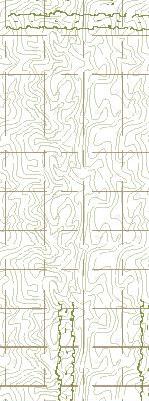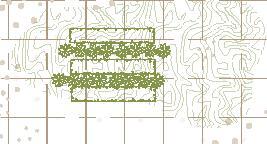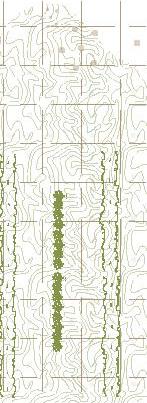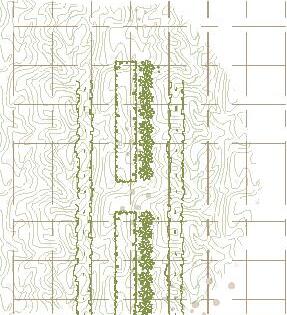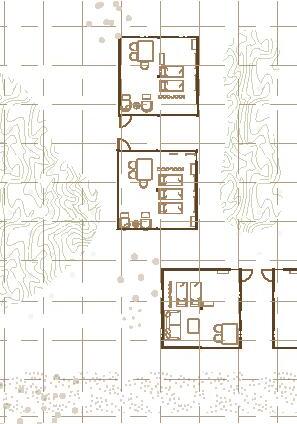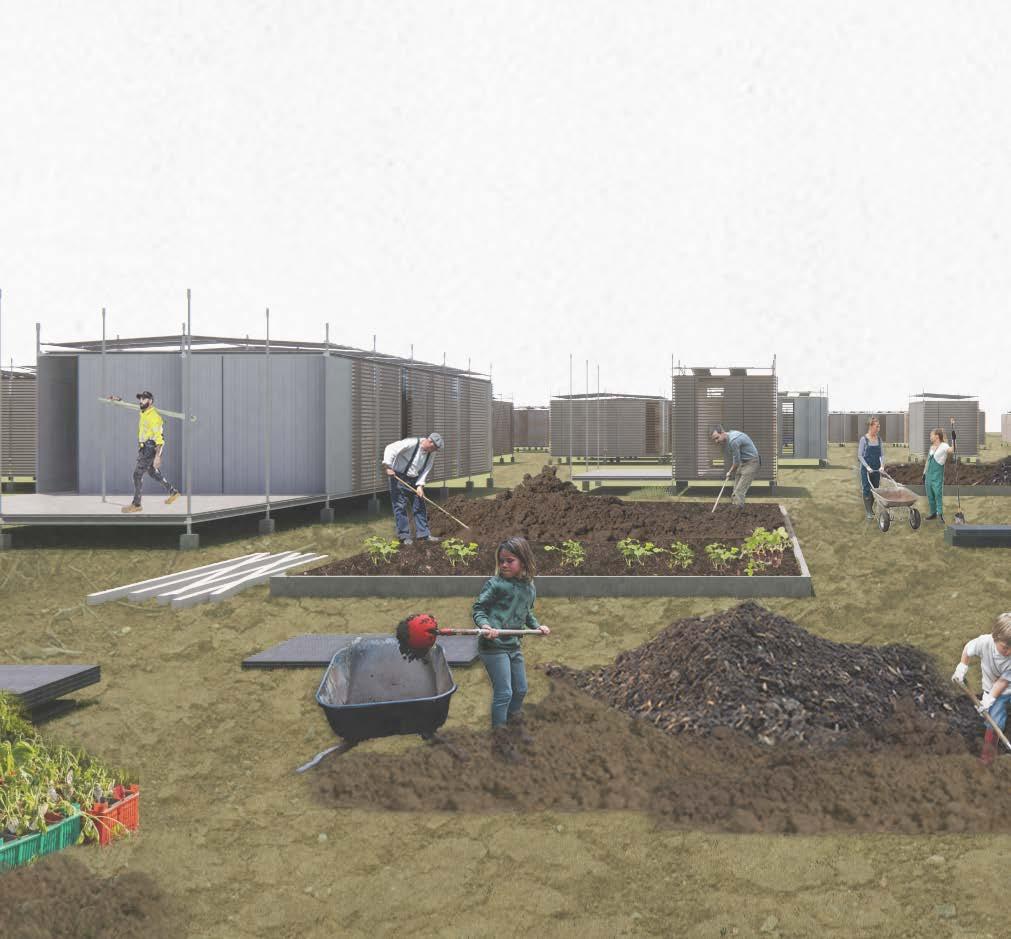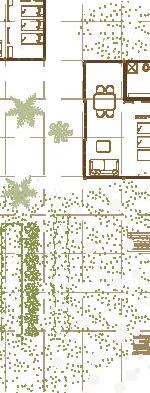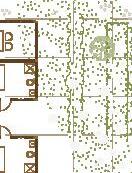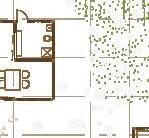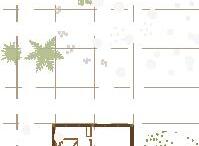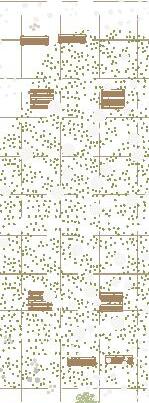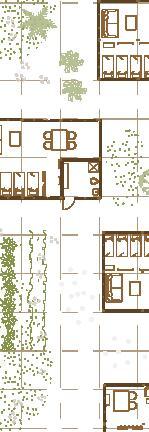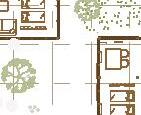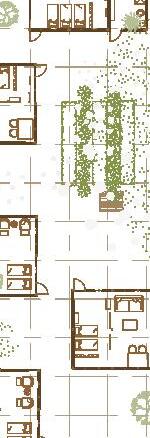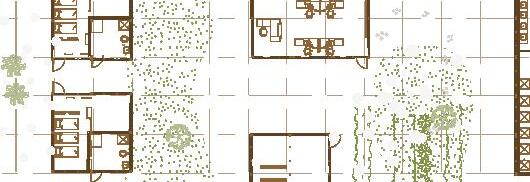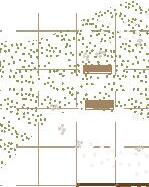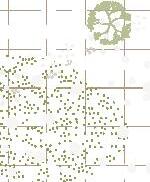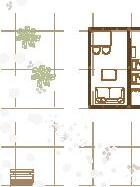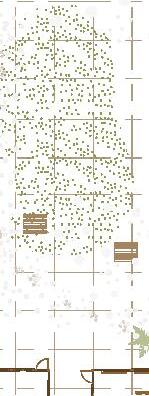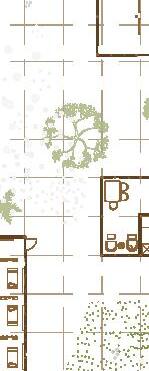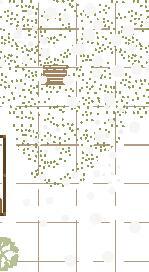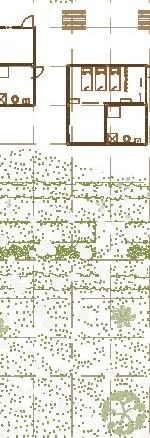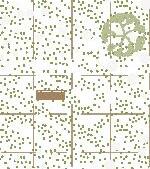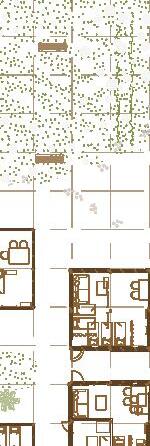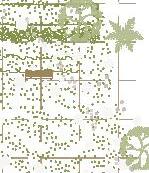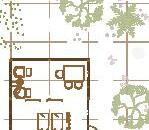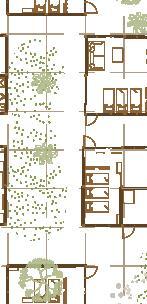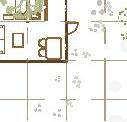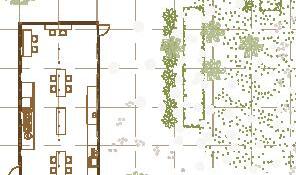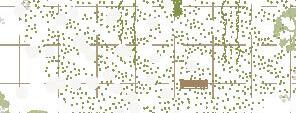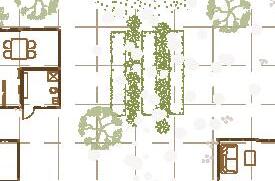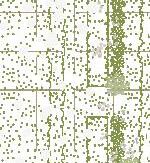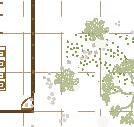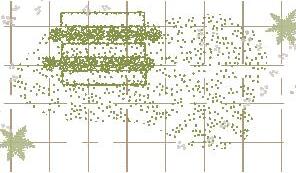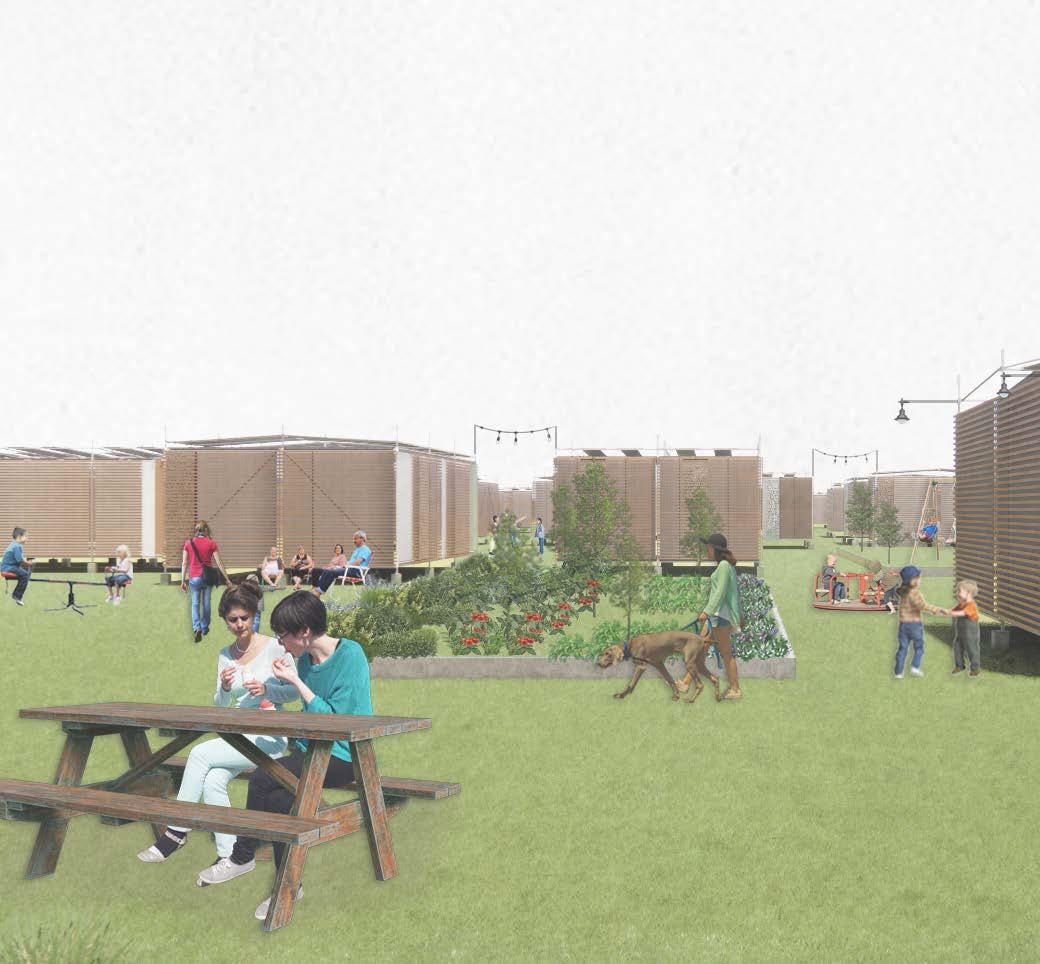Relief Frame proposes a deployable construction system designed to provide immediate, adaptive architectural responses to natural disasters across diverse climatic zones. This thesis explores a framework composed of standardized, reconfigurable elements that can be rapidly deployed and tailored to site-specific environmental conditions and community needs. By leveraging a single system that morphs based on regional climate demands—arid, continental, and tropical—the project foregrounds flexibility and resilience as core design principles in emergency architecture.
Three geographically and climatically distinct sites serve as test sites for this system: San Bernardino, California (wildfire-prone), Oklahoma City, Oklahoma (tornado-prone), and Little Havana in Miami, Florida (hurricane-prone). Each deployment scenario demonstrates how the same structural elements can be rearranged to support essential recovery function shelter, aid distribution, hygiene facilities, workspace, and administration—while responding to specific environmental, and social contexts.
Relief Frame addresses critical gaps in current disaster response protocols, which often prioritize temporary shelter without adequately considering long-term spatial needs, or local climate conditions. By offering a scalable and climate-responsive construction system, this project allows for solutions that are immediate yet adaptable, empowering communities to engage in their own recovery processes. This thesis critiques and builds upon existing modular and prefabricated disaster relief proposals, which frequently rely on rigid, one-size-fits-all solutions. While many prefabricated systems focus on speed and mass production, Relief Frame emphasizes flexibility, reusability, and contextual adaptation, demonstrating how a single system of parts can evolve into climate-specific configurations and foster not just survival, but dignity and functionality in post-disaster environments.
ii. Test Sites
** This booklet will showcase one deployment, the other two deployments were designed fully, shown in final board layout at the end**
Each deployment scenario demonstrates how the same structural elements can be rearranged to support essential recovery function shelter, aid distribution, hygiene facilities, workspace, and administration—while responding to regional climate and community needs.
San Bernardino, California
Oklahoma City, Oklahoma
Little Havana, Miami, Florida
Site Adaptations
Humidity: Low, especially in summer
Dry Season: Long, typically April through October
Wet Season: Short, mostly November through March
4. Solar Radiation
High Solar Exposure: Clear skies, high insolation year-round
Great for Passive Solar Design: Orientation and shading critical
5. Design Implications Priority on Cooling and Shading
Water Conservation is Important (due to drought-prone area)
R-value of 5
Solar Radiation
High Solar Exposure: Clear skies, high insolation year-round
Great for Passive Solar Design: Orientation and shading critical
5. Design Implications Priority on Cooling and Shading Water Conservation is Important (due to drought-prone area)
This diagram illustrates how parts can be disassembled and extended over time. It shows the evolving nature of the system as the community’s needs grow.
Each deployment scenario demonstrates how the same structural elements can be rearranged to support essential recovery function shelter, aid distribution, hygiene facilities, workspace, and administration—while responding to regional climate and community needs.
San Bernardino, California
Phase 1—the immediate response. Once the kits arrive, community members begin building their shelters using the initial shipment of parts.
W 2ND ST
Phase 2 represents an expansion, typically after six months, when families need more space or amenities.
W 2ND ST
W 3RD ST
Phase 3 reflects long-term adaptation. After a year, the shelter transforms further to accommodate permanent or semi-permanent use.
2ND ST
W
Final Board Layout
Dimensions: 26’ by 6’
Relief Frame imagines a future where architecture doesn’t just respond—it enables communities to rebuild stronger. This thesis reimagines disaster relief not as a temporary fix, but as an opportunity for dignified, adaptive, and community-centered design. It offers a deployable construction system that responds to both climate and evolving human needs—challenging traditional emergency architecture and emphasizing that resilience isn’t only about survival. It’s about restoring agency, rebuilding futures, and reshaping the way we care for one another during crisis.


